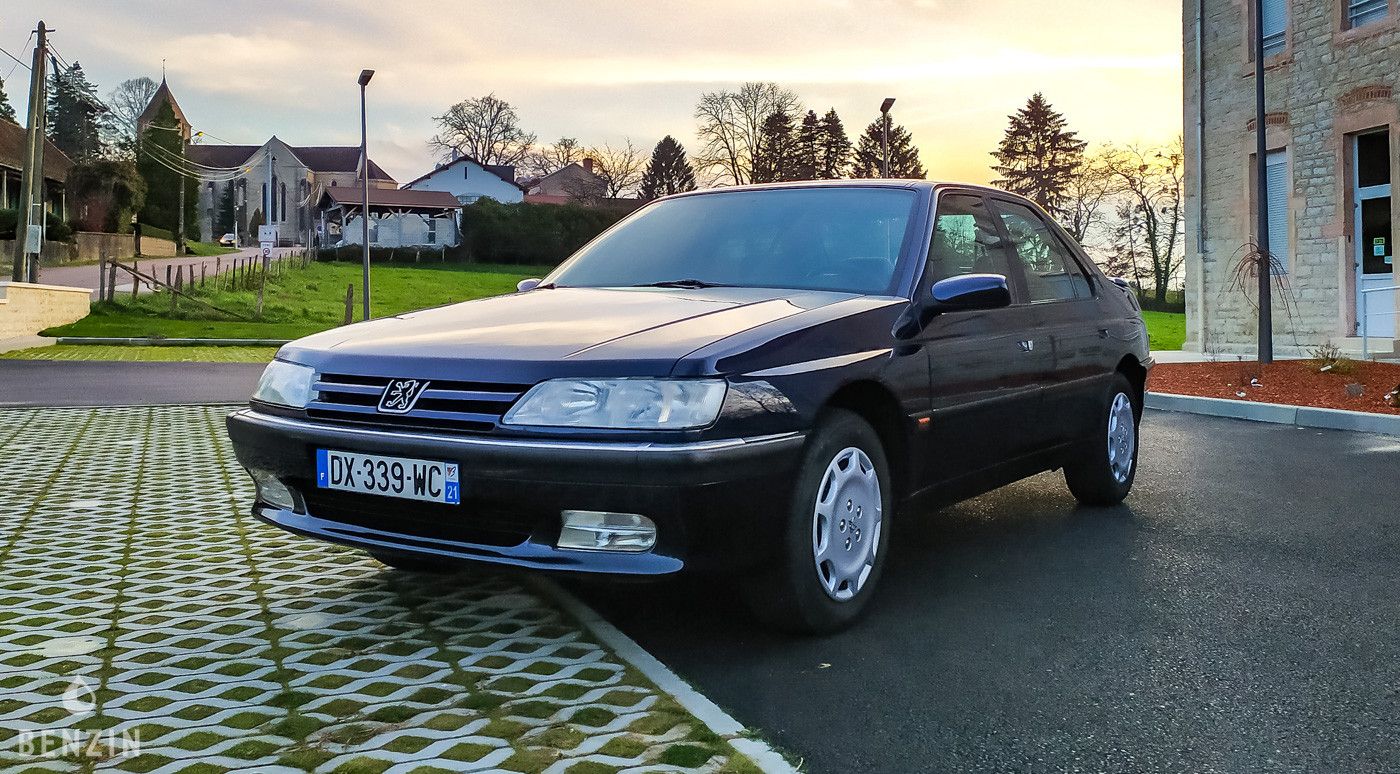Cheat sheet on the names of Peugeot vehicles
206, 107, 3008: an American phone number? No, they are Peugeots. You are probably wondering why your "two hundred and five" is called like that and why there is not an 8 or a 6 instead of the 2. Are they secret codes or just random numbers?
par TeamBenzin
As you may have noticed, all the Peugeots have different numbers, and there have been a lot of them. And it all started with the... 101? No, it's a moped, it was in fact the 201: proof that we do well to make you this cheat sheet. As you know, there are 3 or 4 numbers, but then what do they mean?
Well, we at Benzin have deciphered the meaning of these numbers for you and we're going to explain it all without further ado.

Let's start with the first number: it designates the category of the vehicle. That is, whether it is a city car, an SUV or a sedan. The last number indicates the generation.
Here is a list of the different categories with examples that will allow you to see the different styles between generations as well:
The 100, the small city cars:
Peugeot 104 ZS2 - 1979
The 200, the city cars:
Peugeot 201 - 1934

The 300s, the compact sedans:
Peugeot 306 S16 - 1996
The 400, the family sedans:
Peugeot 403 - 1963
The 500s, the station wagons:
Peugeot 505 GTi - 1986
The 600s, the big roads:
Peugeot 605 SRi - 1996
The 800s, the minivans:
Peugeot 807 - 2011

The 900, sports competition models:
Peugeot 905 - 1992

We are left with the categories with 4 digits that are generally SUV type:
- The 1000s, the city MPVs like the 1007
- The 2000s, urban crossovers like the 2008
- The 3000, the crossovers like the 3008
- The 4000, the SUV like the 3008
- The 5000, the big SUVs like the 5008
The second number does not mean anything (at the same time it is always the same). However, there may be an explanation. When the first Peugeots came out, you had to use a crank to start the engine. And for some Peugeots, the place provided for this purpose was between the 2 numbers located on the grille (that of the generation and the category). Today, it can be used to open the trunk, as on the 607.

You will also notice vehicles with two zeros, like the 1007. This allowed them to create new categories as they no longer had room in their traditional numbering.
((So the 0 stayed with Peugeot, so much so that Porsche had released a 901 and Peugeot registered all the names from 101 to 909 (with a 0 in the middle). Porsche then renamed its 901 into a...911.))

As you can see, all the Peugeots with a 1 at the end are the first generation. But you should not understand "first generation" as the first of a vehicle category. It means the period, for example, there was a 201, but never a 501 because the category did not exist, so they started with the 504.
Finally, if you are perceptive, you will notice some exceptions, like the 309 or the 101, 104, etc... For the 309, it was a project of Talbot, but the brand was in difficulty, and the car was produced by Peugeot. The 100 were at the beginning mopeds. Also, it misses the 700, indeed the mark of the lion never produced some.
Last anomaly, the models with an 8 have sometimes had two phases while we could have expected the arrival of the range with 9, as for the last 208, different from the 208 phase 1.














 English
English
 Italiano
Italiano
 Deutsch
Deutsch
 Polski
Polski
 Magyar
Magyar

Annonces